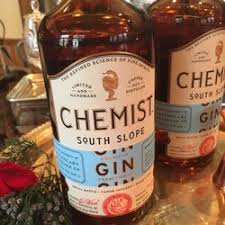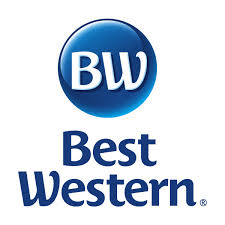Asheville Design Salon.
I attended my first Asheville Design Salon last night and enjoyed it immensely. It was held at The Antidote, a cool cocktail bar (order the Daiquiri), attended by maybe 20-30 designers. There was a very smart presentation on the development of new local spirits brand called Chemist Gin. The brand design was near impeccable: the bottle, mark, the typeface, coloration – very tight and well-knit. The second presentation was a bit broader, conducted by Big Bridge Design, showing some nice work in beer packaging plus some smart experiential thingies.
What I took away from the presentations — and yes to a hammer everything looks like a nail — was the fact that there is a lot of talk about brands but little discussion of brand strategy. Or brand briefs. The discovery and strategy, prior to stylus to tablet, was all conducted by the client and designer. No independent middle ground. No real paper strategy that I could tell.
What do they say about criminals being their own lawyers? (Okay, bad analogy.) And designers are geniuses at grabbing consumers by the eyeballs but neither client or designer really schooled in creating an “organizing principle for product, experience and messaging.”
Can’t wait for my next Design Salon.
Peace.








